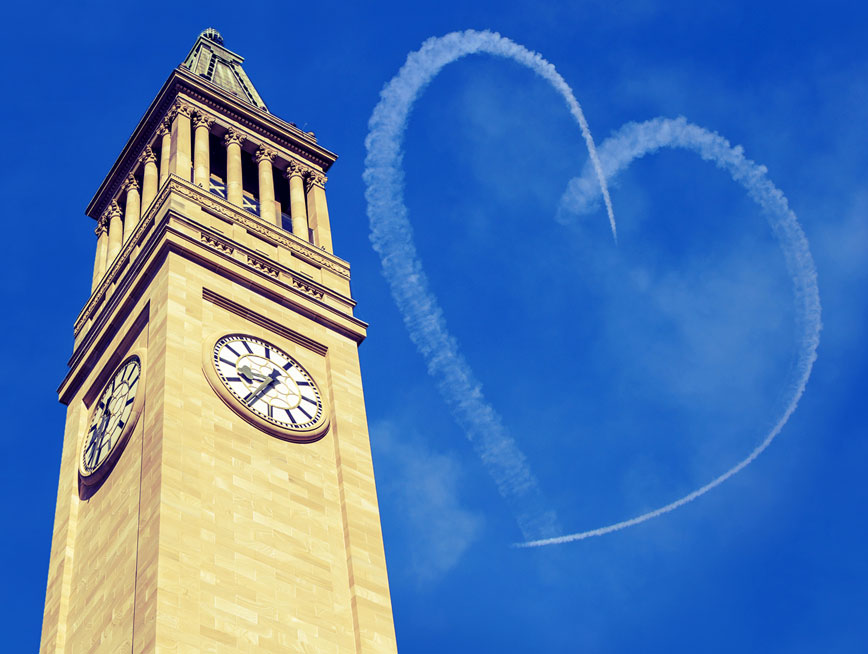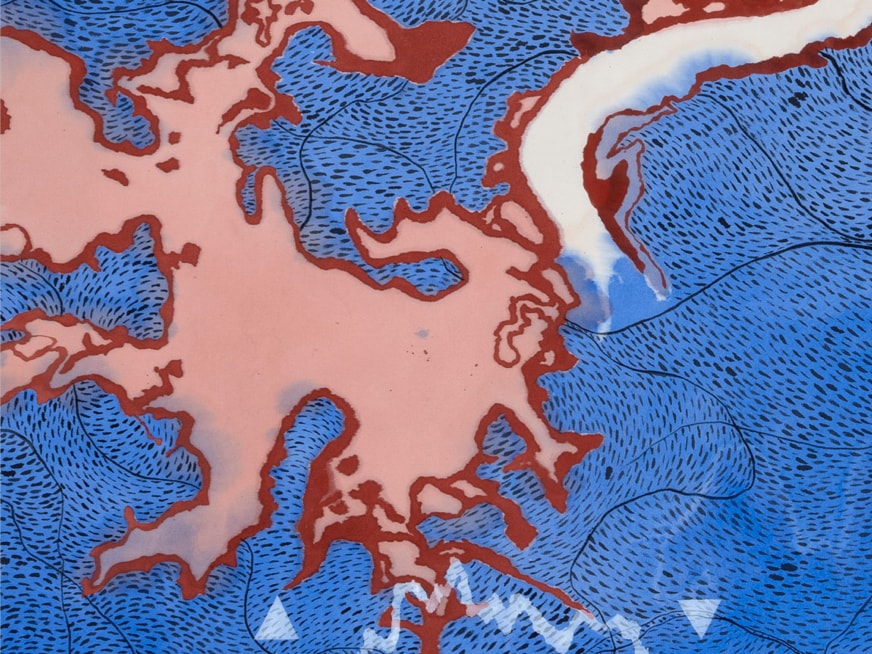First Look: Archival photographs inspire new commissions for New Light
What happens when the city’s most prolific photographers are given the keys to one of the Museum’s most expansive photographic archives? A series of striking new commissions will be unveiled, inspiring us to examine the past and present of our city.
Composed of hundreds of images of Brisbane from 1890 to 1940, the Elliott Collection acts as a window to a bygone era of Brisbane. Captured by the late Alfred Elliott (1870–1954), the archive constructs a particular image of Brisbane, one shaped by Alfred’s personal interests and lived experiences. As he watched the city around him expand through rapid population growth and urban development, he sought to capture how the Brisbane he knew was changing.
Drawing on the incredible source material that is the Elliott Collection, contemporary artists have been commissioned to create new works for New Light: Photography Now + Then that unpick the nuance and bias found within the Collection. Here, some of the artists offer a sneak peek at the photographs that have inspired their new works, which will be revealed when New Light opens on 17 August 2024.
Joachim Froese
Joachim Froese’s practice spans analogue and digital photography. Embracing a wide range of technologies and techniques, from salt prints to smartphones, his work investigates the role of photography in shaping our perceptions and understandings of the world.
Exploring the Elliott Collection, Joachim was immediately drawn to a photograph Alfred Elliott took of his daughter Dorothy’s ninth birthday party in 1911. Reflecting on the photograph, Joachim explained, “Images such as this show more than personal events; sociologists and ethnographers increasingly turn to personal photographs to understand how social structures have changed over time”.
Joachim’s new work Dorothy’s Birthday 2.0 will translate Alfred’s photograph into a contemporary context using what is now the most common type of camera: smartphones. His work will disrupt the hierarchy and gender roles presented in the original image.

Nina White
Nina White’s photographic practice is underpinned by extensive research. She studies existing photographic archives, and sometimes compiles her own, as part of her artistic process. Nina’s work explores themes of family, memory, history and social norms.
From the outset, Nina was fascinated by the complex history of the Elliott Collection, which has transformed from a cache of personal memories to an informative historical record. Nina says the photograph to the right ‘unlocked’ the archive for her: “The more I looked… the more I found. The woman peeking in from just out of frame, the little girl holding a flower and a fern, the patterns of damage and cracking in the emulsion, the handsome dog sitting patiently for his portrait, the familiarity of the suburban backyard landscape. As a scene it is so familiar, suburban, so ordinary – but untouchable, in a past which we can only glimpse into”.
Nina’s new work An impenetrable past that is finished will uncover the incidental and tender moments found within Alfred’s photographs. By focusing on details – from hands clasping flowers to delicate lace collars – her work will invite reflection on the small moments that make the images we capture so special.
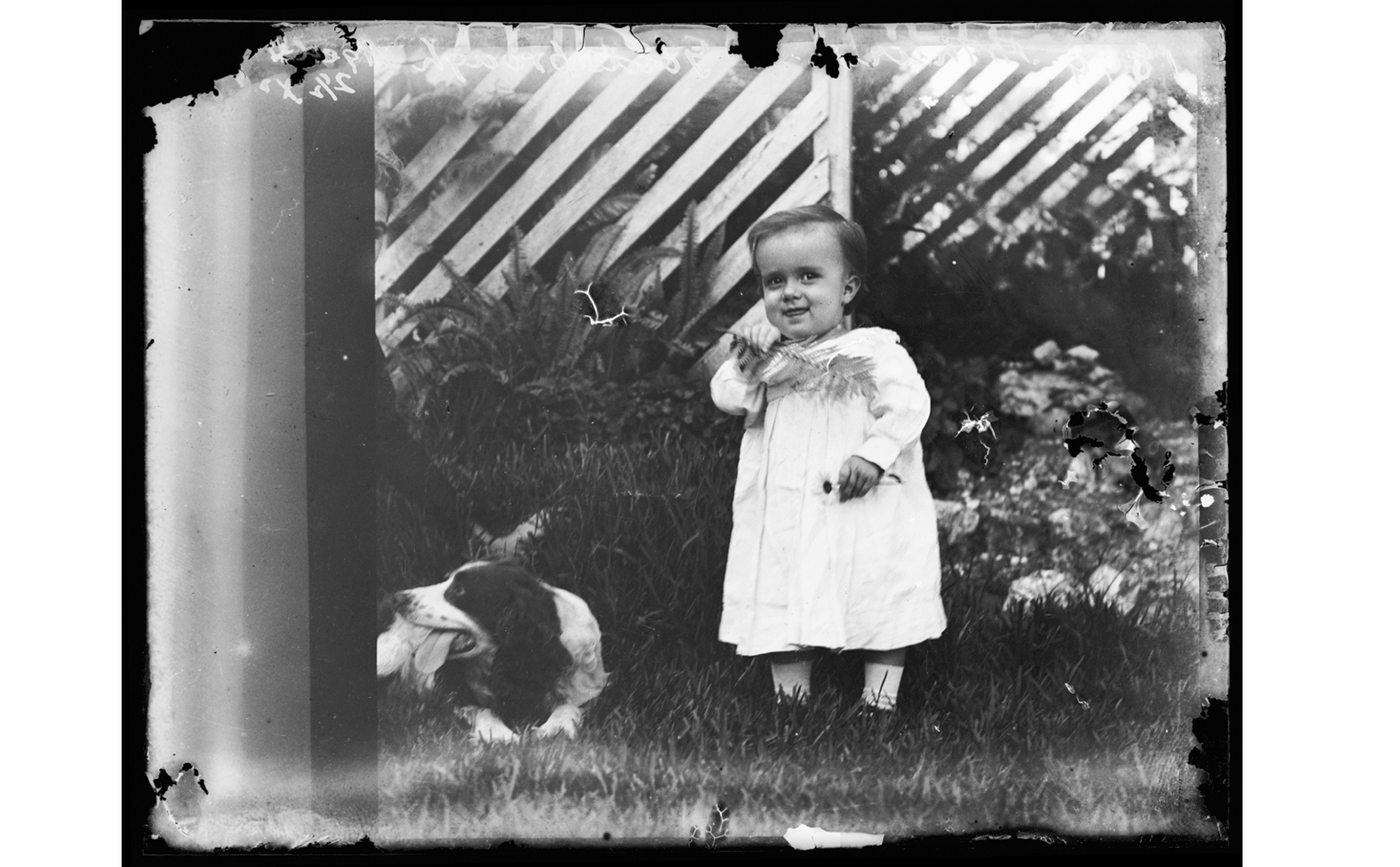
Tammy Law
Tammy Law’s reflective and evocative works explore stories of migration, home and belonging. Spanning photography and bookmaking, her practice draws on her lived experiences as a Chinese-Australian woman, raised on the Sunshine Coast and based in Brisbane.
Exploring the Elliott Collection, Tammy stumbled across the photograph below: “This image feels both familiar, but also alien to me. Like many of the images from the Elliott Collection, I am drawn to the quintessentially Australian landscapes and the potential cross overs of his experiences and mine. Being based in Brisbane for the past 21 years as a photographer, we have lived, traversed and documented similar spaces and places. As a child of Chinese migrants who settled in Australia almost 50 years ago, Elliott’s images offer a point of reflection around the alternate histories of Queenslanders both past and present”.
Tammy’s new work We were thought to be mysterious and alien… will juxtapose a series of photographs from the Elliott Collection with archival images of early Chinese migrants in Brisbane and portraits of the artist’s family. Her work will explore the parallels and discrepancies between her and Alfred’s experiences of Brisbane.
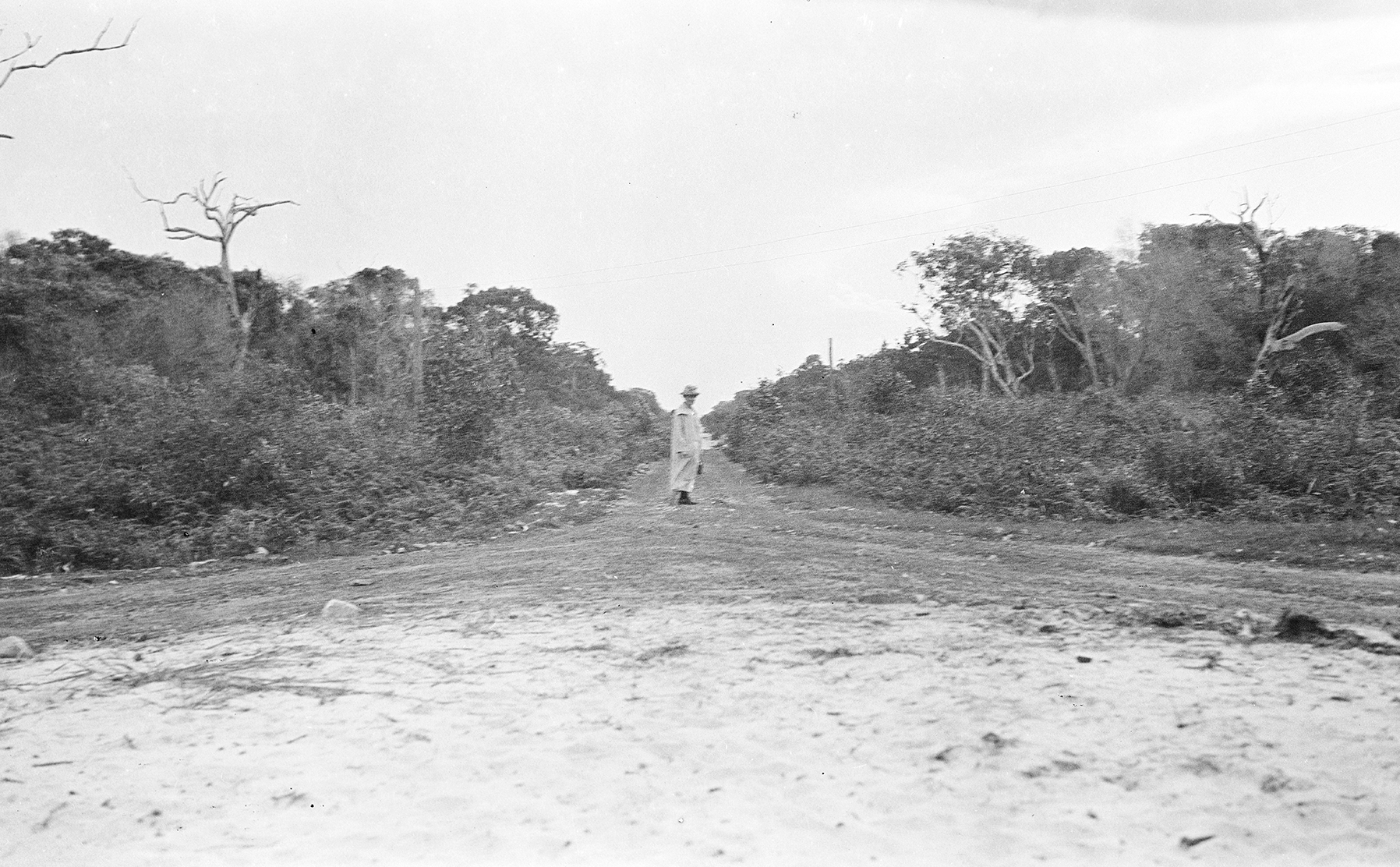
Carl Warner
Carl Warner uses photography to draw attention to unseen and overlooked details in the natural and built environment.
Exploring the Elliott Collection, Carl was struck by the pattern underpinning Alfred’s photographs. “It doesn’t matter if he was capturing a beach scene, the Enoggera Reservoir or crowds of people lining up to see a royal visit, reduced to simple shapes or vectors the photographs follow the same principled patterning. For me it represents a ‘way of seeing’ that combines Alfred’s passion with the technology he was passionate about,” shares Carl.
For his new work, Carl will apply Alfred’s ‘way of seeing’ to his own image of Brisbane. His work will take you on a visual journey spanning a century.
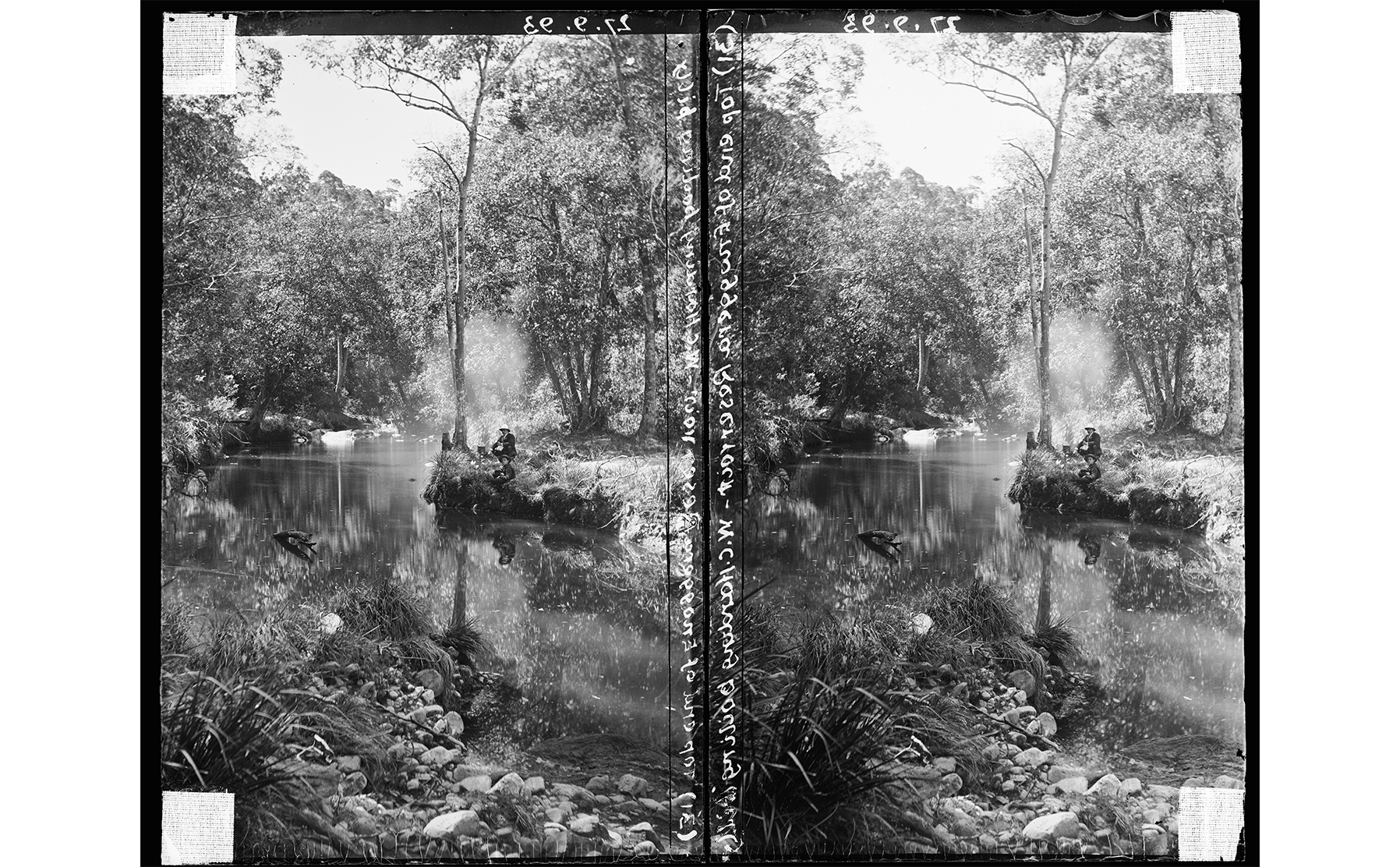
New Light: Photography Now + Then opens this August. MoB Members are invited to join a special preview on Friday 16 August. Find out more here.
Not a MoB Member?



